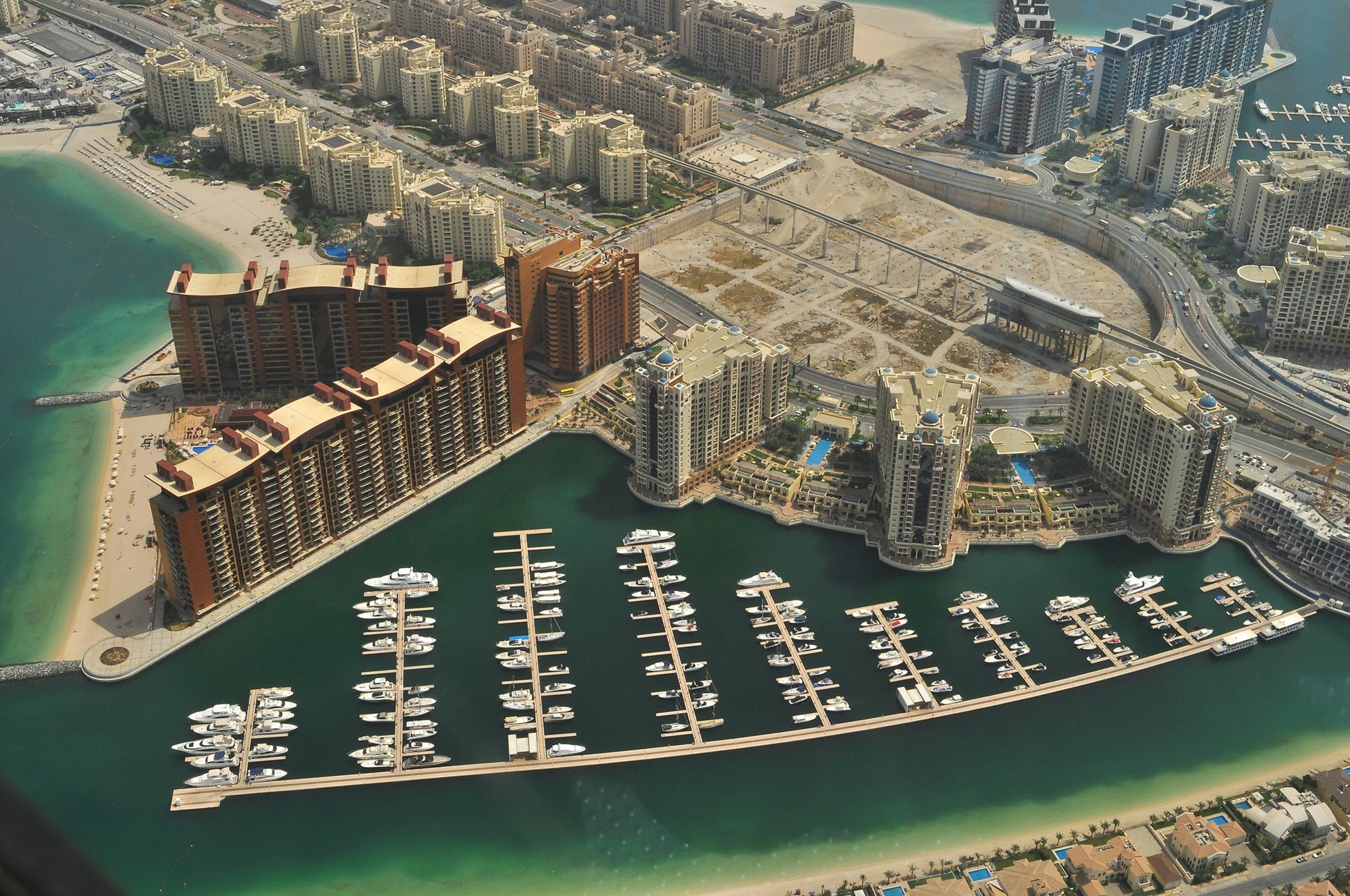
The waterfront infrastructure industry has transformed dramatically over the past decade, but standards for inspection and assessment have not kept up.
To address the changing needs of the field, the ASCE Coasts, Oceans, Ports, and Rivers Institute’s Waterfront Facility Inspection Committee recently published Waterfront Facilities Inspection and Assessment, MOP 130, Second Edition. The updated manual of practice expands the scope of its predecessor to include today’s most advanced technologies.
Civil Engineering Source spoke with Noah Elwood, P.E., BC.OE, BC.PE, M.ASCE, chair of the COPRI Waterfront Facility Inspection Committee, about the new MOP and the process of its creation.
Civil Engineering Source: What inspired the updates in Waterfront Facilities Inspection and Assessment, MOP 130, Second Edition?
Noah Elwood: The primary inspiration was the significant evolution in industry practice over the past 10 years since the first edition was published. Waterfront infrastructure has aged, and inspection technologies, data collection methods, and assessment approaches have advanced. We’ve also seen changes in regulatory expectations, owner demands for life-cycle asset management, and increasing forces from environmental events.
The update was driven by the need to provide owners and engineers with modern, practical guidance that reflects these changes while retaining the core principles that made the first edition so widely used.
Source: In what ways does this edition differ from its predecessor, Waterfront Facilities Inspection and Assessment, MOP 130, First Edition?
Elwood: The second edition builds on the strong foundation that that first edition established but reflects several key advancements. Number one is expanded content. There is much more emphasis on inspection planning, including risk-based inspection approaches and condition-based asset management.
Second is technology integration. We’ve incorporated sections on newer inspection tools such as drones, imaging, and digital data management, which weren’t common practice 10 years ago.
Third is condition rating guidance. The condition rating system has been updated for greater consistency, with improved guidance on translating observed conditions into actionable ratings.
One of the exciting things to come out of this initiative was the acknowledgement that our industry lacked a formal training course for waterfront inspectors, owners, and engineers. This is now formalized in section 2.4, qualification of inspection team members, with the introduction of a requirement to complete the waterfront facilities inspectors certificate training course. This course is well under development and will be ready for the first classes by the end of this year.
Source: What did the process of updating the MOP look like?
Elwood: It was truly a collaborative effort spanning several years. The inspiration for the second edition started at the ASCE Ports conference in Honolulu, Hawaii. A small group from the original committee got together and concluded there had been enough changes to develop an addenda or potentially an updated manual.
This initiative took off quickly with a growing committee of about 50 professionals from a diverse team of industry experts, which included practicing engineers, owner representatives, academic researchers, and regulators. To leverage this team, we broke up into subcommittees with smaller groups focusing on each chapter.
The process used a mix of virtual meetings and in-person workshops to progress from the initial ideas to a major update and second edition. As the manual materialized, we formed a blue-ribbon panel to assist us with the review process and prepare the manuscript for ASCE publications.
The years of effort paid off with a deadline set for the next Ports Conference this year in Providence, when we hit our target with a completed manual ready for purchase.
I want to acknowledge how many hours our large group of contributing authors devoted to seeing this important advancement in industry guidance. Over the three years leading the committee it was a great opportunity to get to know more industry professionals and collaborate with new and old friends.
Source: What changes do you think will have the most significant impact on waterfront facilities inspection and assessment processes?
Elwood: There are a few that stand out. First is the adoption of modern technology. The sections on new inspection tools – like unmanned vehicles and advanced imaging techniques – will help firms incorporate technology safely and effectively.
It also covers risk-based inspection planning. This option helps owners to prioritize limited resources on the most critical assets and vulnerabilities.
The new edition includes improved condition assessment guidance. The clearer rating framework should lead to more consistent, defendable, and actionable inspection reports across the industry.
There is also a stronger focus on life-cycle management. The MOP now better aligns with how owners manage infrastructure as long-term assets, linking inspection findings to repair planning and budgeting.
Ultimately, the biggest impact will come from enabling more informed decision-making by giving engineers, owners, and asset managers clearer, more modern guidance for understanding the condition of their facilities.
Learn more about Waterfront Facilities Inspection and Assessment, MOP 130, Second Edition.



